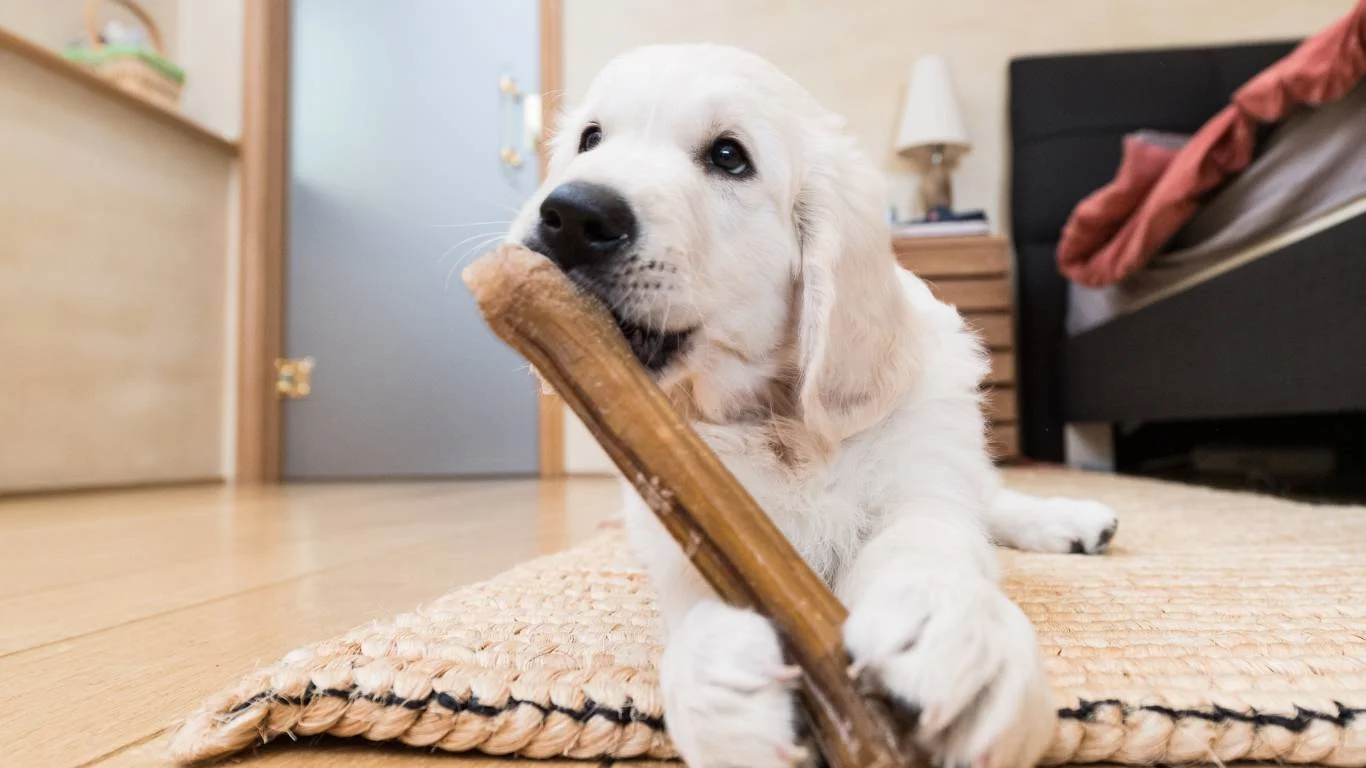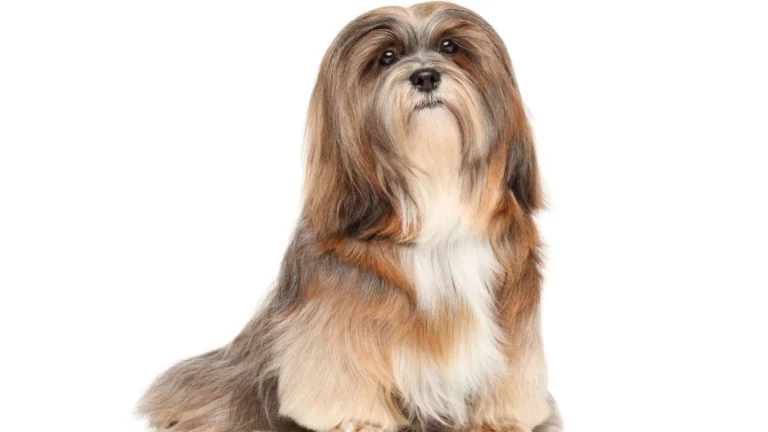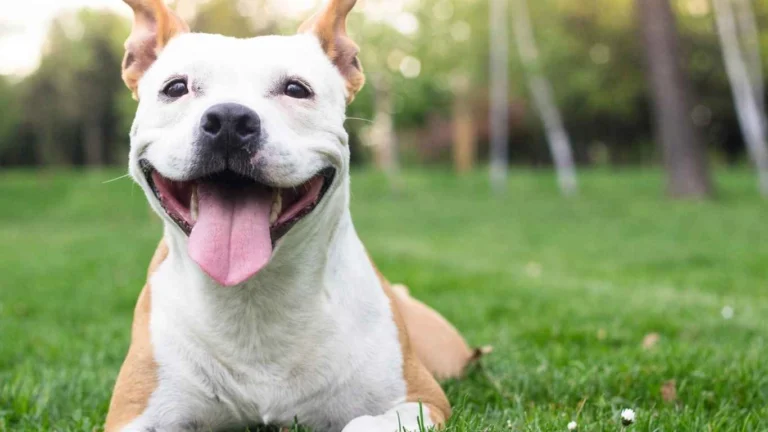How to Clean Dog Teeth Without Brushing: Easy & Effective Methods
Let’s be real—trying to wrestle a toothbrush into your dog’s mouth can feel like entering a WWE match. Not every pup is down with having their pearly whites scrubbed, and hey, I totally get it. As someone who’s worked hands-on as a Veterinary Assistant with a special focus on pet nutrition, I’ve seen firsthand how stressful brushing can be—for both dogs and their humans. But here’s the good news: there are legit, effective ways to keep your dog’s mouth fresh and healthy *without ever touching a toothbrush*. That’s right. Today, we’re diving into how to clean dog teeth without brushing, and trust me, your pup (and your fingers) will thank you.
Why Dental Health Matters More Than You Think

Dog breath might be a running joke, but bad breath isn’t just unpleasant—it’s a sign that something’s off. Dental disease is way more common than most pet parents realize. I can’t even count how many times clients came in thinking their dog’s bad breath was just “a normal thing,” only for us to discover red, inflamed gums or worse—loose teeth and hidden infections.
When dogs don’t get proper dental care, plaque builds up into tartar, which leads to gum disease, pain, and eventually even damage to organs like the heart and kidneys. Sounds scary, right? It is. But the upside? You don’t *have* to brush daily to prevent all this. With the right mix of tools and know-how, you can give your dog top-tier dental care in other, way more chill ways.
Natural Alternatives: How to Clean Dog Teeth Without Brushing
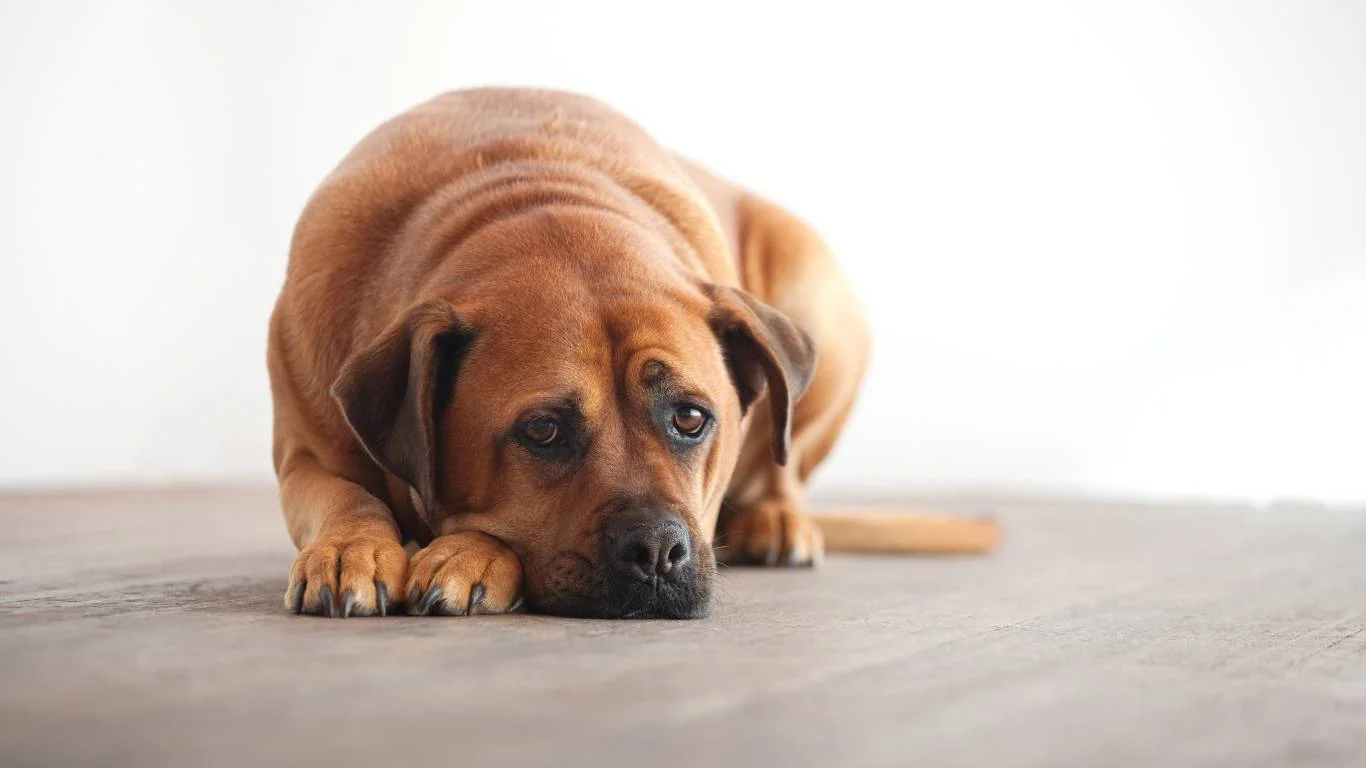
1. Dental Chews That Actually Work
Okay, not all chews are created equal. Some are basically just glorified treats, loaded with calories and not much help for teeth. But others? Total game changers. I’ve personally used and recommended VOHC-approved (that’s Veterinary Oral Health Council) chews that scrape away plaque as your dog gnaws. They’re like a fun snack and a teeth-cleaning tool in one.
- Look for: Textured chews that encourage long chewing sessions
- Avoid: Super hard options like antlers or bones—they can crack teeth (trust me, I’ve seen it more than once on X-rays)
2. Water Additives (Mouthwash for Dogs?)
This one always gets a “wait, what?” reaction when I bring it up during consults. But yes—there are dental water additives that act like mouthwash for dogs. You just pour a capful into their water bowl, and it helps reduce bacteria and freshen their breath. It’s like stealth-mode dental care.
Pro tip from my vet clinic days: Go slow when introducing it. Some dogs can be picky about taste, so dilute more than recommended for the first few days and gradually increase the dose.
3. Raw, Meaty Bones (With Caution!)
There’s some debate around this one, and I totally get the hesitation. But under the right circumstances, raw bones can help scrape plaque naturally. Think of it as nature’s toothbrush. However, they’re not for every dog—and definitely not cooked bones, which splinter.
- Stick to raw, soft bones like beef ribs or chicken necks
- Always supervise chewing time
- Chat with your vet first if your dog has a history of digestive issues or dental concerns
4. Dental Wipes for the Win
Not quite brushing, but kind of the same idea. Dental wipes are a solid option if your dog won’t tolerate a toothbrush but lets you near their mouth. They’re pre-moistened with enzymes that help break down plaque and reduce bacteria.
In my experience, these are perfect for small breeds with crowded teeth—like Yorkies or Chihuahuas—where food gets trapped more easily.
Food Matters: Nutrition’s Role in Oral Health

As someone who’s worked closely with pet diets and formulations, I can’t overstate this enough—what your dog eats directly affects their dental health. Some kibble brands are specially designed to reduce tartar buildup. They’re bigger, crunchier, and made to scrape teeth a little during chewing. Others? Total carb bombs that actually contribute to dental issues.
Also, think about treats. We tend to hand them out with love, but high-sugar, soft treats can stick to teeth and promote plaque. Swap them out for crunchy, low-carb options or even raw veggie sticks like carrots or celery (bonus: most dogs love the crunch!).
From one dog-lover to another: It’s wild how often we overlook diet when it comes to teeth. In the clinic, I’ve seen dogs improve *dramatically* just by switching to a dental-specific diet or cutting back on sugary snacks. No brushing, no drama—just smarter food choices.
Chew Toys That Pull Double Duty

If your dog’s anything like most of my canine clients, they probably have a favorite toy they guard like treasure. Here’s the thing: not all chew toys are just for play. Some are specifically designed to clean teeth while your dog chews—and they actually work. The key is choosing the right ones.
When I was assisting at the clinic, I’d often recommend toys made of durable rubber with textured surfaces. These textures help scrub the teeth and massage the gums, and because they’re long-lasting, dogs get repeated cleaning action every time they chew. Plus, you can even add a dab of dog-safe toothpaste or coconut oil inside to up the benefits.
- Top picks: Kong toys, dental ropes, and ridged rubber chews
- What to skip: Super soft toys that shred quickly or anything with small parts your dog could swallow
DIY Tricks from a Vet Assistant’s Toolkit

Over the years, I’ve picked up a few go-to tricks that are totally doable at home—no brushing required. A lot of pet parents assume dental care has to be complicated, but honestly, keeping it simple often leads to better consistency. Here are a few hacks that worked for my own pup (and a bunch of my clients’ dogs too):
1. Coconut Oil Rub-Downs
Yup, coconut oil isn’t just trendy—it’s actually useful for oral health. It’s naturally antibacterial, dogs love the taste, and rubbing a little onto their gums with your finger or a piece of gauze can help reduce bacteria. It’s way less intimidating than a toothbrush, and some dogs even see it as a treat.
2. Frozen Carrot Chews
This one’s super budget-friendly and easy. Freeze a large carrot and let your dog chew on it. It acts like a natural abrasive while staying gentle on gums. Just supervise them to make sure they don’t try to gulp big chunks.
3. DIY Herbal Spray
Some holistic pet owners swear by homemade dental sprays using diluted parsley or mint, which are both natural breath fresheners. I’ve seen clients use a mix of water, a pinch of parsley, and a dash of apple cider vinegar in a spray bottle. A quick spritz after meals can make a noticeable difference in mouth odor and bacteria buildup.
Professional Help: When to Bring in the Experts
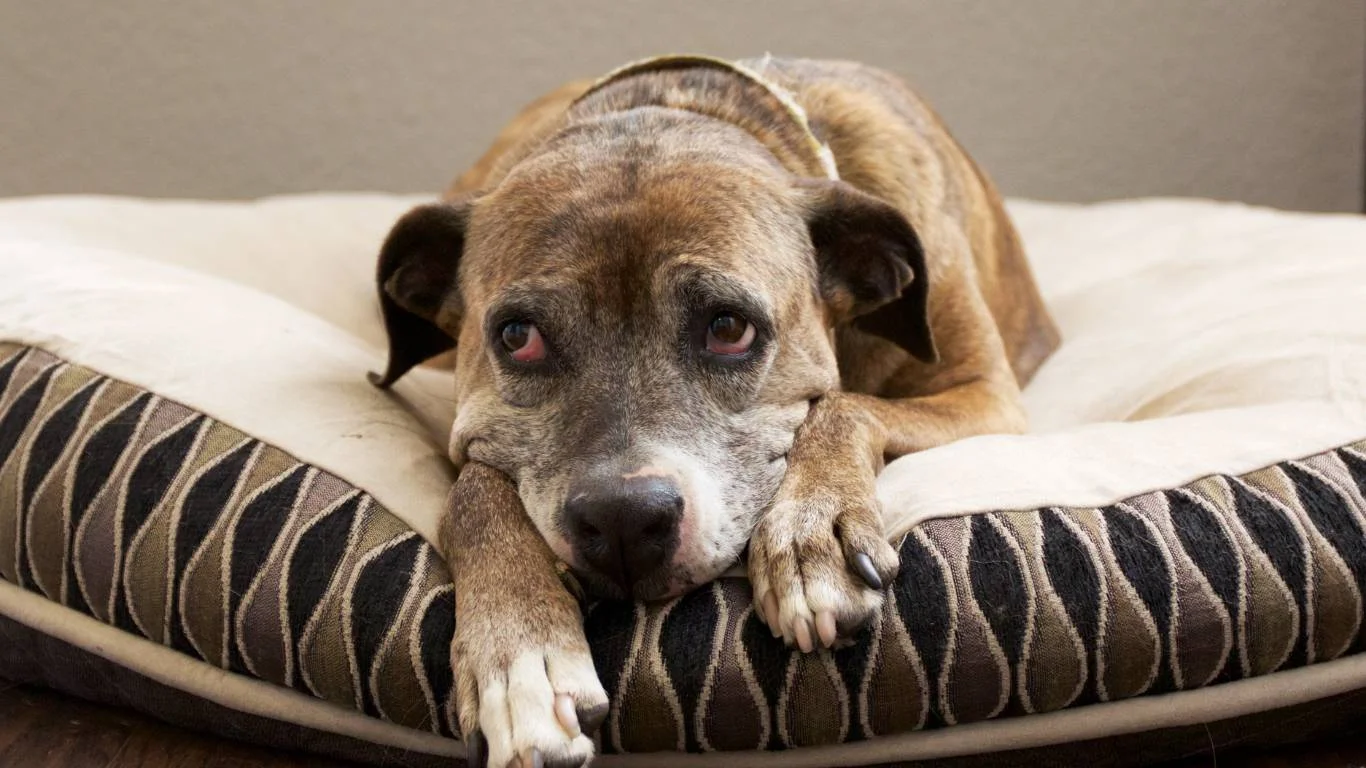
As much as I love at-home solutions, there’s a point where professional help becomes non-negotiable. In the clinic, we’d sometimes see dogs with swollen gums, loose teeth, or black buildup that had clearly been there for months (if not longer). That stuff doesn’t go away with a chew toy or a water additive—it needs a proper dental cleaning under anesthesia.
Here are a few signs your dog might need a vet dental exam:
- Persistent bad breath (even after trying the tips above)
- Red or bleeding gums
- Difficulty chewing or dropping food
- Pawing at their mouth or rubbing their face
And don’t wait until there’s a serious problem. Annual or bi-annual dental checkups are a smart move, especially for small breeds and seniors. As someone who’s been in the exam room helping with those procedures, I can tell you—it’s always better to catch issues early than to deal with extractions and pain later on.
Behavior Tips: Getting Your Dog On Board (Without the Stress)
One of the biggest hurdles I hear from pet parents is just getting their dog to cooperate. Not every pup is chill when it comes to their mouth—and that’s okay. You’ve just gotta ease into it. Whether you’re introducing a new chew, trying wipes, or experimenting with a water additive, slow and steady wins the race.
My go-to strategy looks like this:
- Let them sniff and explore whatever you’re using (chew, wipe, spray, etc.)
- Use positive reinforcement—treats, praise, belly rubs (whatever gets the tail wagging)
- Start small—just a few seconds at a time—and gradually increase as they get comfortable
When I was still working in practice, I always told clients: don’t expect perfection, just progress. Even if you’re not brushing daily, doing *something* regularly is miles better than doing nothing at all. Building positive habits over time is what really pays off in long-term dental health.
Real-Life Success Stories: What Works for Real Dogs
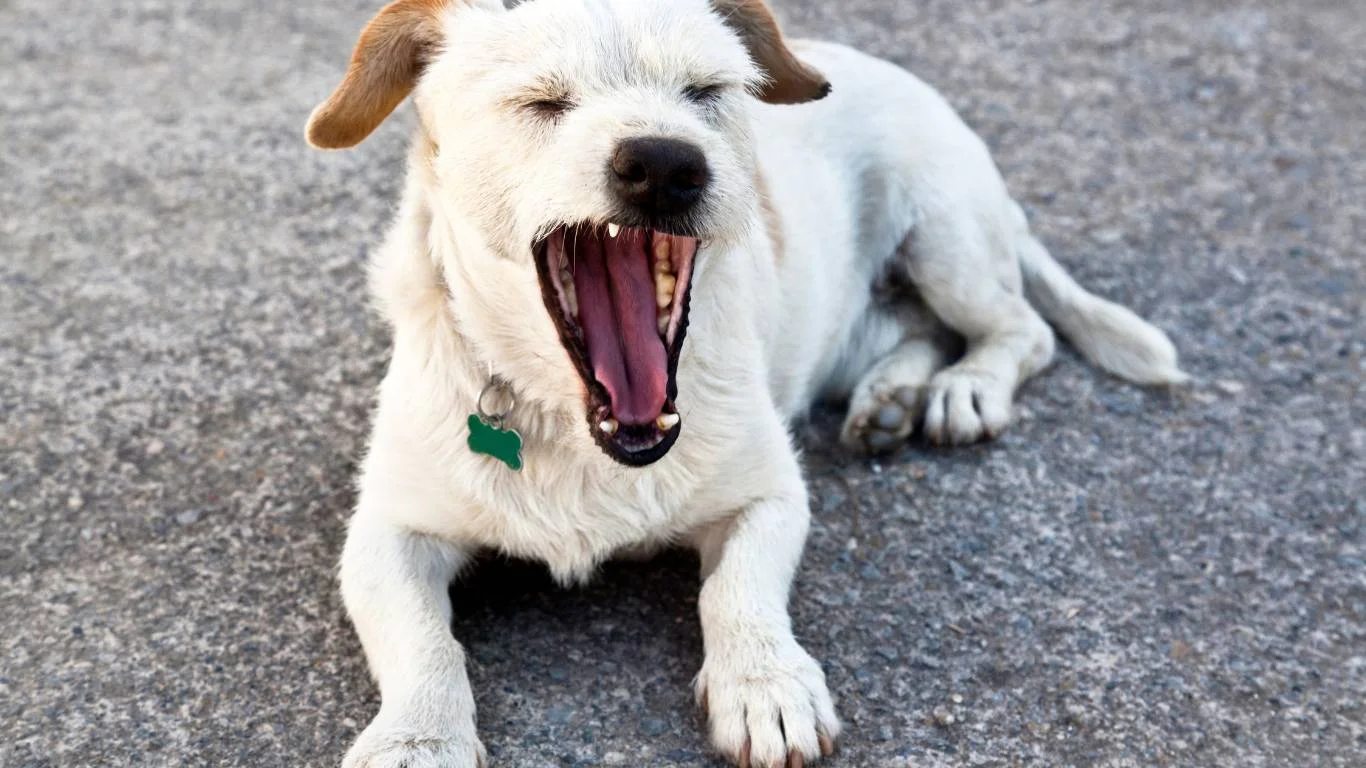
Let me tell you about Max, a sprightly Golden Retriever who used to have breath that could knock you over. His owner, Sarah, was at her wit’s end. Brushing was a no-go—Max would squirm and hide at the sight of a toothbrush. So, we tried a different approach. I recommended Greenies® Canine Dental Chews, which are VOHC-approved for plaque and tartar control. Within weeks, Sarah noticed a significant improvement in Max’s breath and overall oral health. It’s amazing what the right chew can do! [VOHC Accepted Products]
Then there’s Bella, a tiny Chihuahua with a big attitude and even bigger dental issues. Traditional brushing was out of the question, so her owner started using TropiClean Fresh Breath Water Additive. Just a capful in Bella’s water bowl each day, and over time, her breath improved, and her vet noted healthier gums during check-ups. It’s a simple, stress-free solution that made a world of difference. [TropiClean on Amazon]
Understanding the Science Behind Alternative Dental Care
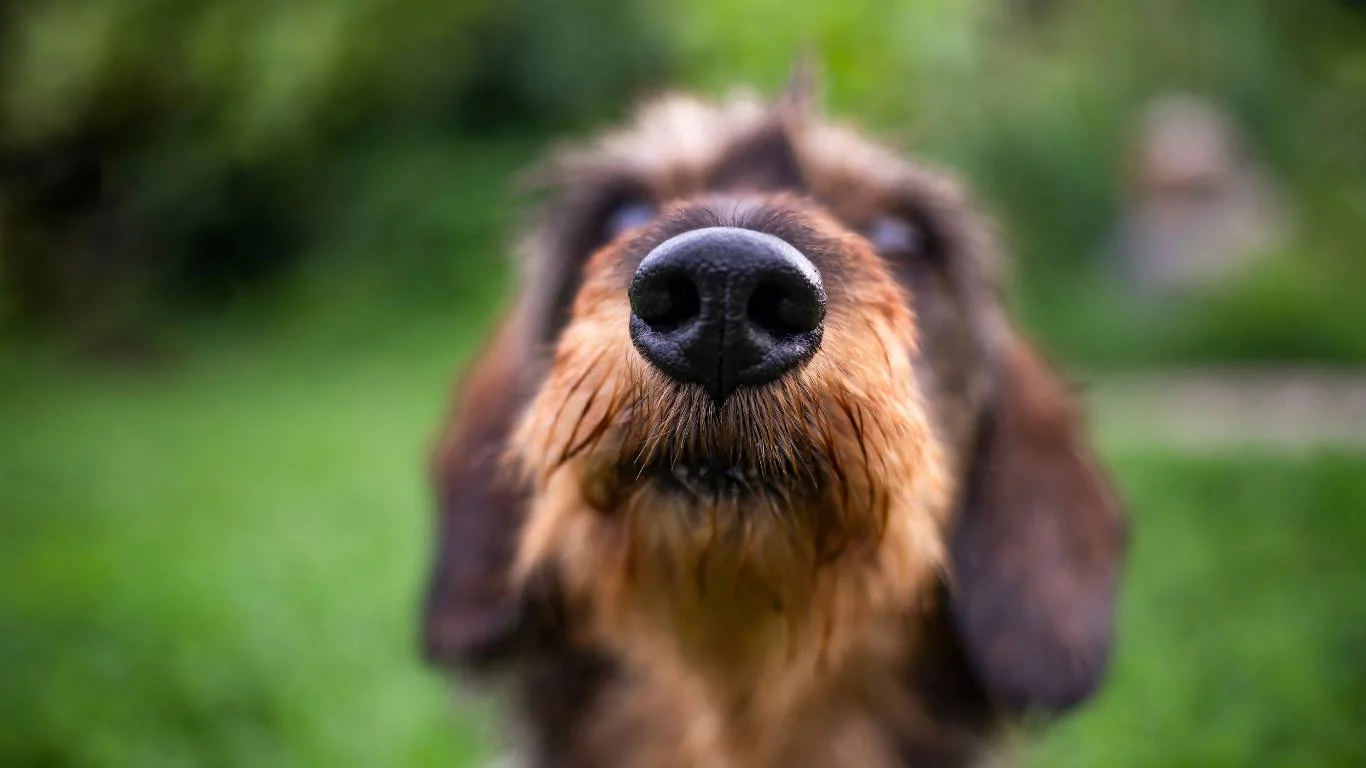
It’s not just anecdotal evidence—there’s science backing these methods. For instance, coconut oil has been shown to reduce plaque and gingivitis in humans, and similar benefits are expected in dogs. A study by the National Institutes of Health found that using coconut oil on teeth decreased plaque by 68% and gingivitis by 56% over 30 days. While more canine-specific studies are needed, the antibacterial properties of coconut oil make it a promising natural alternative. [Yumwoof Article]
Additionally, incorporating parsley and mint into your dog’s diet can naturally freshen breath. These herbs contain chlorophyll, which has deodorizing properties. Some pet owners even make homemade treats with these ingredients to promote oral health. [Parsley & Mint Treat Recipe]
When to Consult Your Veterinarian
While these alternative methods can be effective, it’s crucial to recognize when professional intervention is necessary. Signs that your dog may need a dental cleaning include:
- Persistent bad breath
- Yellow or brown buildup on teeth
- Red or bleeding gums
- Difficulty eating or dropping food
- Swelling around the mouth
If you notice any of these symptoms, schedule a dental check-up with your vet. Early intervention can prevent more serious health issues down the line. [Lafayette Vet Article]
Final Thoughts: Embracing a Holistic Approach to Dental Care
Maintaining your dog’s dental health doesn’t have to be a struggle. By incorporating VOHC-approved chews, water additives, natural remedies like coconut oil, and regular vet check-ups, you can keep your pup’s teeth clean without the stress of brushing. Remember, consistency is key. Find what works best for your dog and stick with it. Your furry friend will thank you with a healthy smile and fresh breath!
References
- Veterinary Oral Health Council – Accepted Products
- Yumwoof – Coconut Oil for Dogs’ Teeth
- TropiClean Fresh Breath Water Additive
- Parsley & Mint Teeth Cleaner Treats for Dogs
- Signs That Dog May Need Dental Cleaning | Lafayette Vet
Disclaimer
This article is for informational purposes only and does not substitute professional veterinary advice. Always consult your veterinarian before making changes to your dog’s dental care routine.
